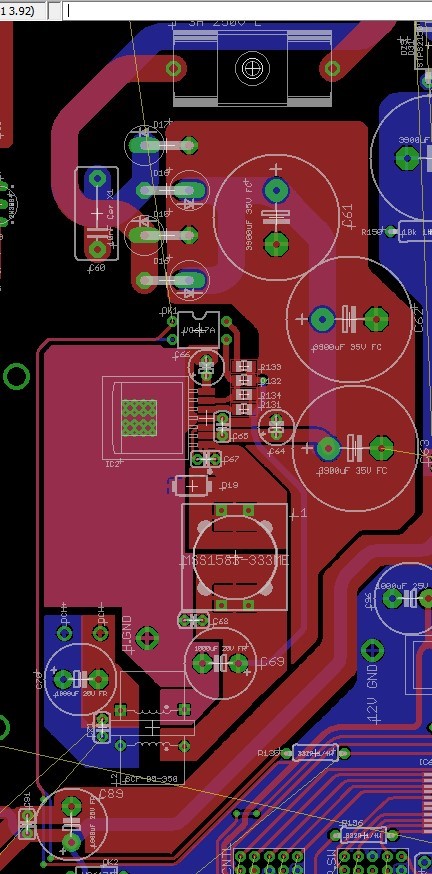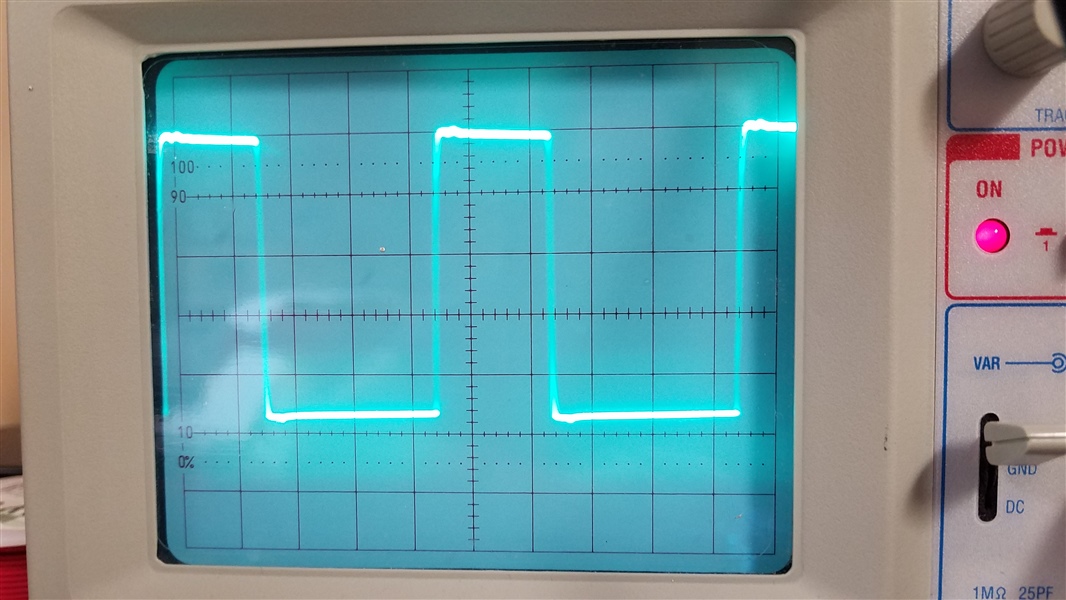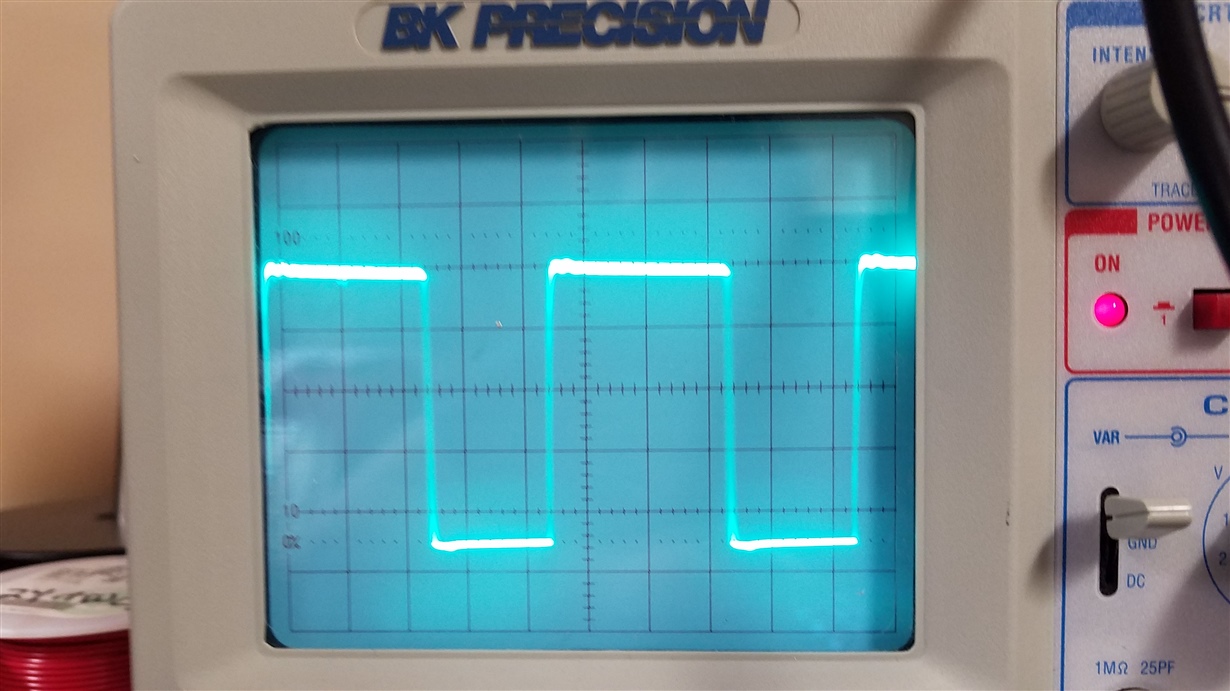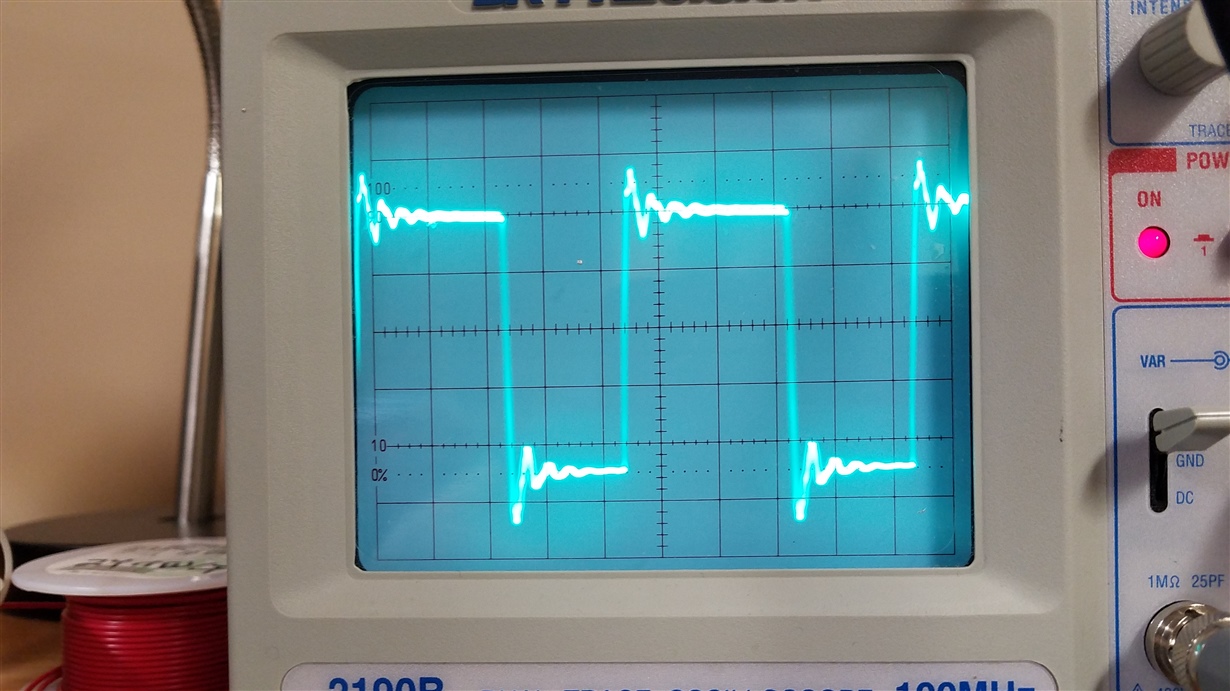Hi Everyone,
I am trying to use the LM2679 to power vacuum tube heaters at 12.2V, 2.7A with an input voltage of 22V. Everything works as expected until I load the circuit to around 1A. Above this, the regulator fails to achieve full output (usually around 7-8V). I've tried quite a few things like raising the current limit from 5 to 7A, changed the soft-start cap from 22uF to 100uF, reduced the output cap and removed the second filter. All have seemed to have helped slightly.
I've made some odd observations that may help one of you with more experience with this chip recognize what is going on:
- The time it takes for the voltage to ramp up seems related to the load current. At 300mA it seems instant, but at 1A it takes 30 seconds of more to get close, at 2.7A we get to around 7-8 max after minutes.
- I will measure no voltage output at either the diode or main cap for a few seconds after startup. The time appears related to load as well.
- This circuit has a standby mode that will reduce the voltage to 8V (actually the circuit starts this way). If I throw the switch for full output before the voltage reaches 8V, it doesn't change the rate of voltage increase...in other words, this doesn't appear to be related to the feedback.
Does anyone recognize this behavior? Anything I should try to get this working? I feel like I'm kind of out of things to do with so few external parts.
Thank you!






